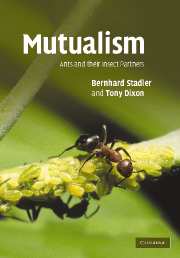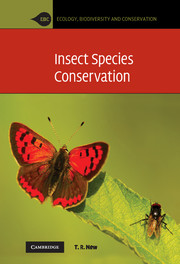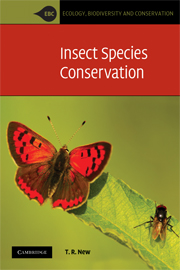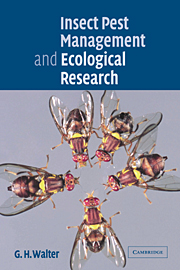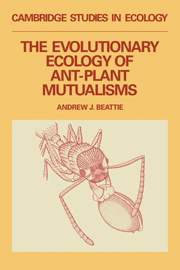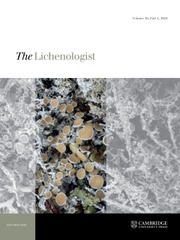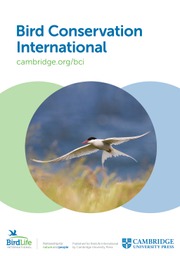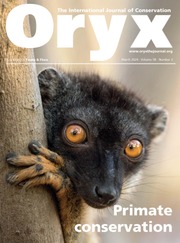Mutualism
A mutualism is an interaction between individuals of two different species of organism in which both benefit from the association. With a focus on mutualisms between ants and aphids, coccids, membracids and lycaenids, this volume provides a detailed account of the many different facets of mutualisms. Mutualistic interactions not only affect the two partners, but can also have consequences for higher levels of organization. By linking theory to case studies, the authors present an integrated account of processes and patterns of mutualistic interactions at different levels of organisation, from individuals to communities to ecosystems. Interactions between ants and their insect partners and their outcomes are explained from a resource-based, cost-benefit perspective. Covering a fascinating and growing subject in modern ecology, this book will be of interest to community and evolutionary ecologists and entomologists, at both research and graduate student level.
- Includes an introduction to the theory and history of mutualism research, showing how it relates to other major ecological themes such as competition and predation
- Gives an overview of different models of mutualism, providing a theoretical background to understand interactions as a continuum ranging from mutualism to antagonism
- Contains case studies from Europe, the US, and the tropics and links case studies with theory
Product details
April 2008Hardback
9780521860352
248 pages
254 × 180 × 16 mm
0.62kg
57 b/w illus.
Available
Table of Contents
- Preface
- 1. The scope of the problem
- 2. Historical perspective
- 3. Theories on mutualism
- 4. Mutualisms between ants and their partners
- 5. A special case: aphids and ants
- 6. Multitropic level interactions
- 7. Prospects and conclusions
- References
- Index.

